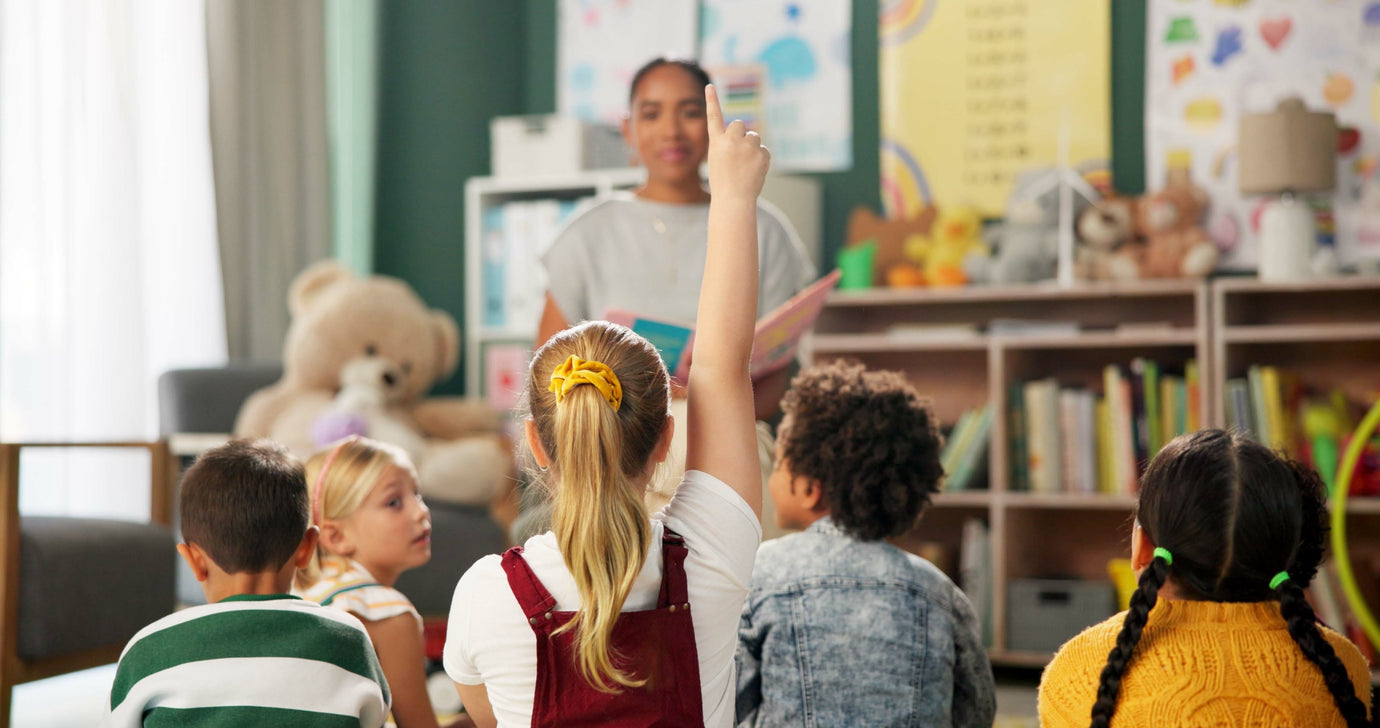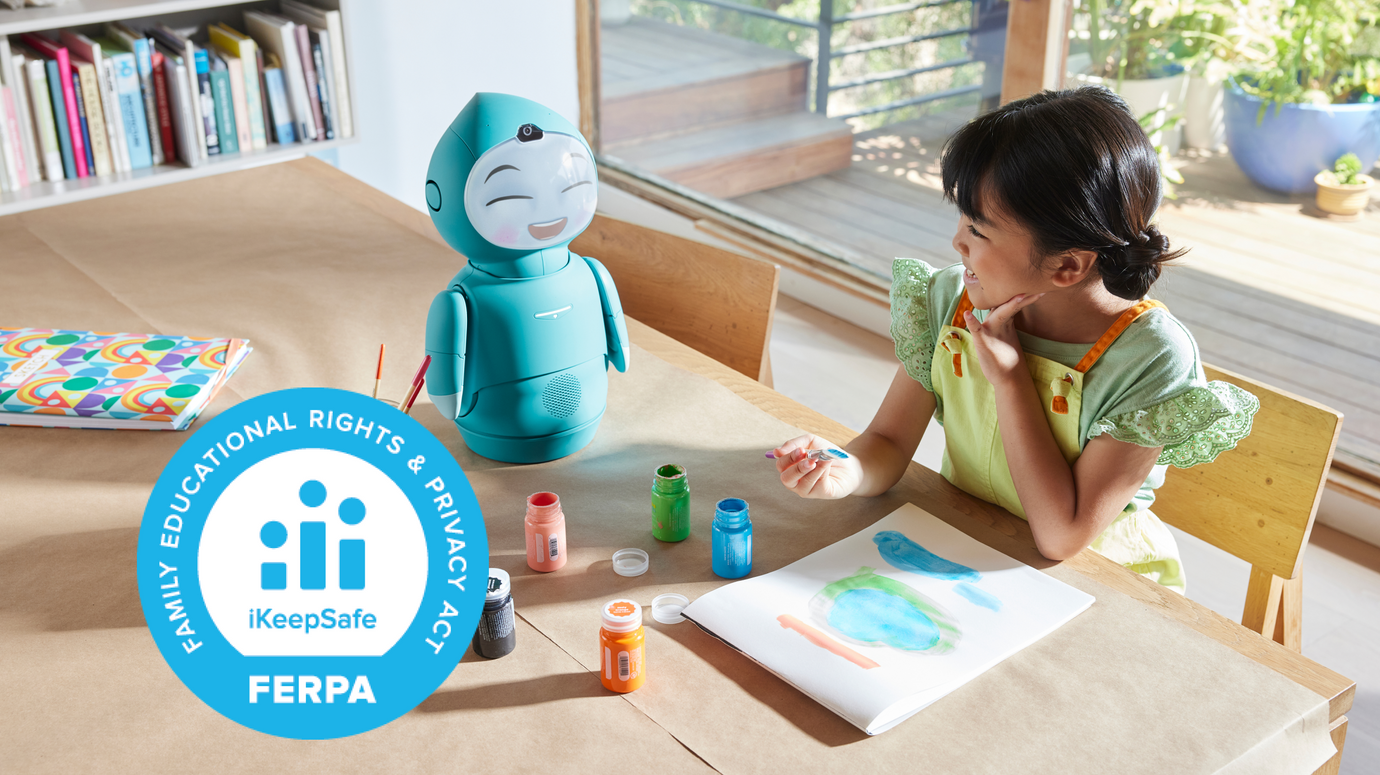5 Simple Strategies for Managing Your Emotions as a Parent: How Your Emotional Health Can Impact Your Child's Well-being

Raising kids is a demanding job. Those of us who are in the thick of it experience all the emotional ups and downs that any other person would. Plus, we’re also hit with the intensity of the challenges and joys of guiding another little human being into adulthood. Given that, how aware are you of just how much your emotions impact those young people in your life?
Emotional regulation for kids starts with the emotional regulation for parents
It seems like common sense. Our emotional state affects how we interact with others – and how they respond to us. Let’s say we get together with a group of friends. If we show up happy and full of energy, we will likely have a very different experience than if we show up angry and aggressive, or frustrated and low energy. And that’s when we’re interacting with adults, who – hopefully – have acquired some life experience around how to adjust and navigate interactions with others according to the emotional energy being put out. Our kids, on the other hand, are still learning and haven’t had the time to develop a mature set of tools yet. Because of that, our emotions can have a huge influence on our kids.
Self-regulation research on unchecked emotions
That impact is also backed up by research. Developmental psychologists suggest that caregivers can influence kids’ emotional experience in at least three ways. First, kids observe how caregivers manage their own emotions and use what they see as a model for emotion regulation. For example, if kids see their caregivers yelling and screaming when they get frustrated, they learn that that’s a normal and acceptable reaction to anger or frustration and they will do the same when they themselves are feeling strong negative emotions.
Second, kids learn from explicit teaching and talking about emotions and emotion management. This kind of explicit teaching may look like using common phrases like “use your words,” or “it looks like you’re feeling disappointed” to help kids express themselves verbally or name the emotion they're experiencing. Emotion coaching could also involve encouraging kids to talk about their emotions or helping them brainstorm appropriate responses to different emotions.
And third, caregivers set an emotional climate. This general climate can affect, among other things, how much kids feel secure and safe to express and experiment with their emotions. In general, overall, how much warmth and calm is there versus emotional unavailability or turbulence? What kind of attachment is there between kid and caregiver? Parenting styles can fluctuate, but what is the prevailing approach?
Emotional regulation support and strategies for children and parents
As the above three methods show, kids learn so much by watching us, and by reading the emotional climate we set. Here are five things we can do to set the stage for improving kids’ emotional well being.
-
Prioritize self care to help regulate your emotions. It’s good for you and it can help you show empathy.
Amidst all the craziness of daily family life, it’s easy to lose yourself while you’re raising your kids. But when you are stressed, over-taxed, and just generally neglecting yourself, you suffer – and so do your kids. Your kids are always looking to you to show them what’s normal and expected. So it’s actually really important to model that it’s okay to take care of yourself. Be clear with your kids about how you’re planning on taking care of yourself – and then make sure to set aside time and energy to follow through on those plans. Everyone is different and will find different things restorative, but some ideas are: take walks, read books, dance, sing at the top of your lungs, take a bath, get dressed up, exercise, eat a nutritious meal, visit a museum, or connect with friends.
By prioritizing a good dose of self-care, you’re modeling that it’s okay to love yourself, but you’ll also show up in a better place for your kids. And with that extra energy and good vibes, you’ll be better able to show empathy for whatever your kids are going through.
-
Emotional regulation starts with knowing your triggers. It’ll help you have awareness of how you’re showing up.
Sometimes, when we react to our kid’s behavior or emotional expressions, we bring all sorts of baggage with us and that might interfere with our ability to handle the situation in the best way. For example, do you get anxious when your child is upset? That anxiety, if left unchecked, can send the message that we’re not capable of handling negative emotions or that negative emotions are bad.
Being aware of our reactions and why we have them can help us find the right balance between being reactive enough to acknowledge their experience and be accessible, but not so reactive as to overpower their experience with our own.
-
Teaching emotional literacy starts with talking about emotions regularly.
Once again, one of the most powerful teaching tools we have is modeling. So show off your own emotional literacy and model what it looks like to be emotionally aware. Talking regularly about your emotions – the positive ones and the negative ones – can help in a number of ways. First, you let your kids see you being open, honest, and aware of your own emotional state. This models an ease and level of comfort with emotions. And, it allows you to normalize emotion-related talk. Second, by talking about a range of emotions, you’re also introducing new vocabulary words, helping kids match those emotion words to outward expressions and experiences, and giving them lots of new ways to describe their own emotions. And third, you’re inviting your kids to join you, which gives them valuable practice in exercising emotional literacy. Reference the naming emotions article.
-
Find a new emotion regulation practice and use it. Model emotion regulation strategies and an openness to trying new things.
There’s always room for a new life skill! Show your kids that learning is a life-long process and that it’s fun to try new things. Find a new healthy emotion regulation practice and make sure your kids see you using it. There are lots of options out there, but some examples are: deep breathing, journaling, exercise, telling a good joke, listening to a song, stretching, doing a body scan, or creating a calming jar. Maybe your kids will be inspired to experiment with new emotion regulation practices too.
-
Be present. Show love and support during the emotion regulation journey for kids
Finally, there will always be something to draw your attention away from your kids: dinner that needs to be cooked, problems at work, or those ever present screens. But try to find some moments every day when you put all that aside and make yourself fully present and in the moment with your kids. Sometimes you’ll need to create that moment yourself. But sometimes, if you’re paying attention, your kid will tell you when they need you to be present with them – such as when they’re feeling off after a bad day at school, or when they want to share the joy of something great they accomplished.
Final thoughts on children's self-regulation skills
As we work so hard to help our kids develop healthy social emotional skills, it can be easy to overlook how well we’re doing with our own emotion regulation. So take a step back for some self reflection today and see what strategies you want to implement or improve. Working on your emotion regulation skill set helps you – and it helps your kids. In other words, it’s a win-win!







